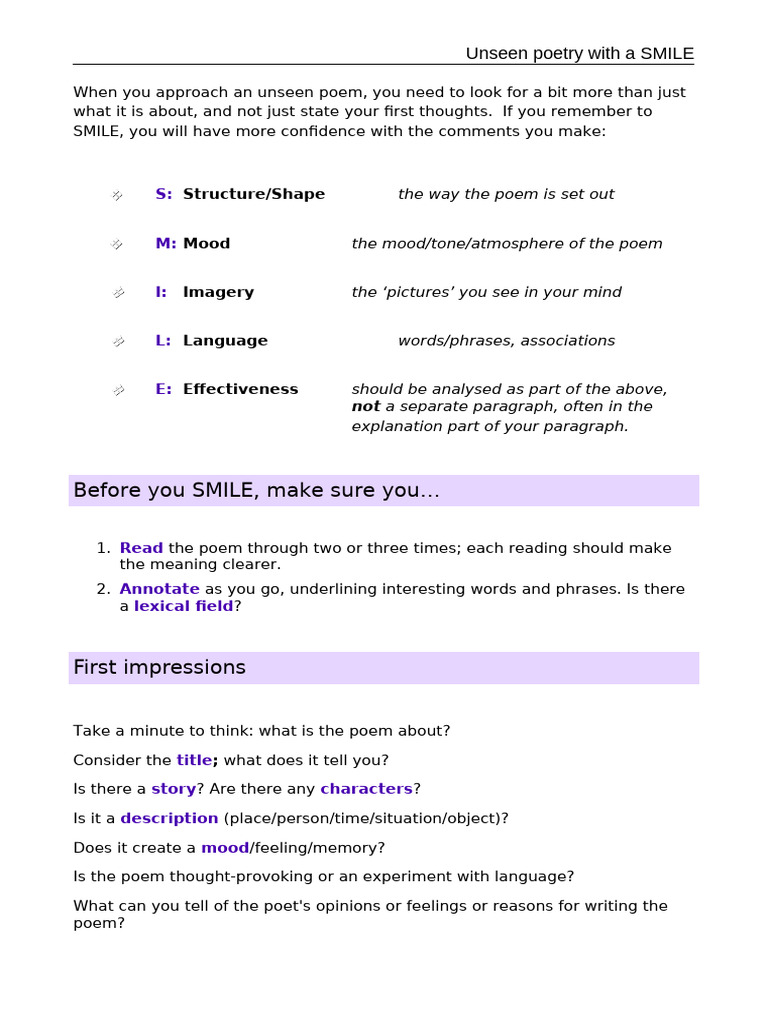The intersection of Bahá’í teachings and poetry often leads one to ponder a profound question: Can the beauty of verse help illuminate the complexities of our hard realities? This inquiry not only challenges our perception of poetry but also invites us to reflect on the spiritual and material worlds that coexist in our lives. In this exploration, we will analyze how the Bahá’í Faith provides a framework for understanding human experience through poetry, engaging both our intellect and our emotions.
At the heart of Bahá’í teachings lies the idea of unity—unity of God, unity of His Prophets, and, fundamentally, unity of humanity. This concept serves as a catalyst for understanding the role of art, particularly poetry, in bridging our inner and outer worlds. Through poetry, we can articulate our existential struggles while simultaneously connecting to divine truths. The eloquence of the poetic form allows for an exploration of both the divine nature of creation and the persistent trials human beings face.
Furthermore, Bahá’í teachings emphasize the significance of truth. Poetry becomes a conduit for truth, a medium through which profound realities can be expressed and comprehended. One might wonder, how can this duality of hardship and divine omnipotence coexist within the creative arts? The answer lies in the manner in which the poet navigates the tension between despair and hope. In many ways, this duality mirrors the Bahá’í view of existence, which acknowledges the trials of earthly life while affirming the promise of spiritual elevation.
In examining the works of poets inspired by the Bahá’í Faith, one notes an underlying theme of resilience. The poet often reflects upon the lamentations of life—the unavoidable sufferings we endure—as an essential precursor to spiritual awakening and transformation. This notion resonates within Bahá’í philosophy, which asserts that trials serve to refine the soul and cultivate virtues such as patience, perseverance, and compassion. A poignant question arises here: Is suffering, then, a necessary element of artistic expression? To what extent does one’s struggle enhance the potency of their poetic voice?
Consider some of the poignant verses written by Bahá’í poets. Their work encapsulates not merely personal sorrows but also collective experiences of human suffering. The lyrics can serve as a mirror reflecting societal plights while also offering glimpses of divine grace. Here, we find a methodology: the interplay of personal narrative and universal themes, where the poet’s introspection can evoke empathy and understanding from an audience. This technique echoes the Bahá’í ethos that champions collective progress alongside individual well-being.
The artistic reflections inspired by Bahá’í teachings also emphasize the importance of the Creator as the source of all creative endeavor. This belief instills a sense of purpose in the act of writing, as poetry is perceived not merely as an aesthetic pursuit but as an avenue for spiritual expression and service. Poets channel their understanding of divine truths into written form, enabling readers to grasp deeper realizations about existence. This interaction, where divine inspiration marries human expression, stands as a testament to the transformative power of art.
Moreover, one might venture to ask: How does one navigate the chasm between hard realities and ethereal aspirations? The answer often lies in the poet’s willingness to confront uncomfortable truths, employing vulnerability as a means to connect with their audience. This honesty opens pathways for dialogue on subjects that may otherwise remain unspoken. In the Bahá’í tradition, the act of addressing difficult themes—such as injustice, suffering, and conflict—is elevated, as it not only acknowledges human experience but also inspires collective healing and unity.
It is worthwhile to consider how poetry can embody both lamentation and hope, an idea deeply rooted in the Bahá’í teachings. The poet often oscillates between expressing the weight of worldly challenges and illuminating the glimmers of divine promise. This duality invites readers to reflect on their own lives—a contemplation of how hard realities can coexist with spiritual aspirations. Can poetry not simultaneously honor our struggles while guiding us toward transcendence?
As we delve further into the implications of Bahá’í teachings on poetry, one must appreciate the role of intention. The conscious choice to explore themes of hardship within the framework of beauty exemplifies a unique artistic endeavor. It is a delicate balance, where the deepest sorrows are illuminated by the brilliance of divine wisdom. The poet acts as a bridge between earthly tribulation and heavenly grace, encouraging both personal introspection and communal solidarity.
In conclusion, the synthesis of Bahá’í teachings and poetry offers a rich landscape for artistic exploration. By embracing the hard realities of life while simultaneously acknowledging the Creator’s guidance, poets allow a deeper understanding of our collective journeys. This blend of experience and spirituality invites readers to not only engage with poetic form but also to reflect on their own realities in light of divine unity and purpose. As we navigate this intricate web of existence, let us remember the power of poetry to illuminate our paths and foster connection—between ourselves, our shared humanity, and the divine. Ultimately, we are beckoned to reflect on our own roles as poets, shaping the narrative of our lives through the lens of Bahá’í ideals.
